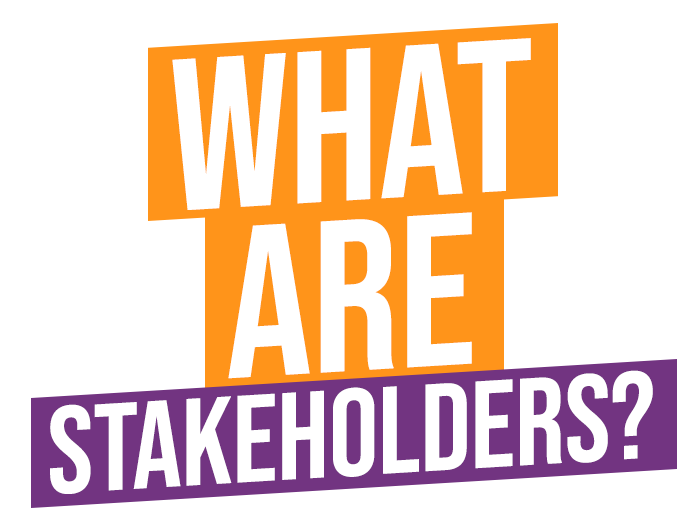
CASE STUDY ANALYSIS
LEGO
This case study analysis worksheet encourages students to apply their knowledge from the video by responding to an 'Analyse' question. Each case study is relevant to the topic and grounded in real-world business scenarios. The worksheet offers three levels of complexity, catering to diverse learners. It employs the B-L-T (Because, Leading To & Therefore) approach, guiding students in constructing analysis chains. The worksheet is available in print-ready PDF or editable PowerPoint, suitable for Google Classroom or Microsoft Teams. An answer sheet is also included.
Play an uninterrupted version of this video for the whole class. If you're a student, click 'Interactive Videos' above to discover this interactive course in our library. Here you can add a touch of magic into the video with numerous interactive activities.

